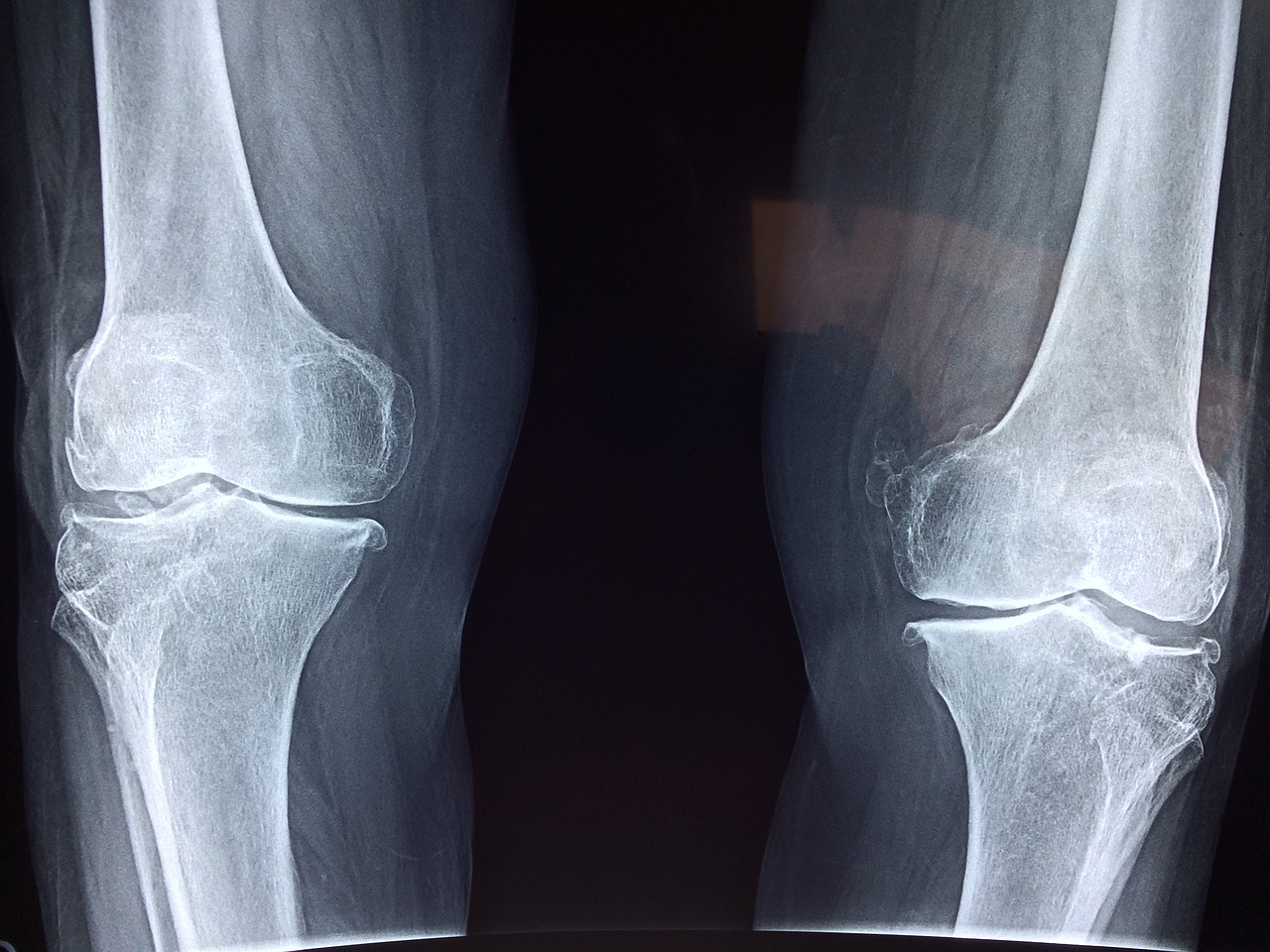Article Title:Early life history strategies of notothenioids at South Georgia
Abstract:
Antarctic notothenioid early life history strategies are examined in general and then for common species at South Georgia. Channichthyids, bathydraconids, artedidraconids and some nototheniids have large eggs 3.0-4.9 mm whereas other nototheniids and harpagiferids have smaller eggs 1.6-2.7 mm. At South Georgia the larvae of species with large eggs hatched between August (late winter) and late November (late spring) at 11-16 mm standard length (L-s). Larvae of species with small eggs hatched mainly during October and December at 4.5-9 mm L-s. Most of the larvae of all species attain urostyle flexion between October and January, and develop to the end of the larval stage between November and May. The duration of the larval stage varies from 2 months in species with smaller larvae to 6 months for some of the species with larger larvae. Two nototheniid species develop to the early juvenile stage before a channichthyid and a bathydraconid that hatch around 2 months earlier. During their first winter, the early-juveniles of most species with large eggs are pelagic, whereas those of species with small eggs may be pelagic or demersal. Four groups of strategies are proposed based on egg size and the winter ecotype of the early-juvenile stage. (C) 2001 The Fisheries Society of the British Isles.
Keywords: Notothenioidei; life history strategies; Antarctic
DOI: 10.1006/jfbi.2000.1469
Source:JOURNAL OF FISH BIOLOGY
Welcome to correct the error, please contact email: humanisticspider@gmail.com



